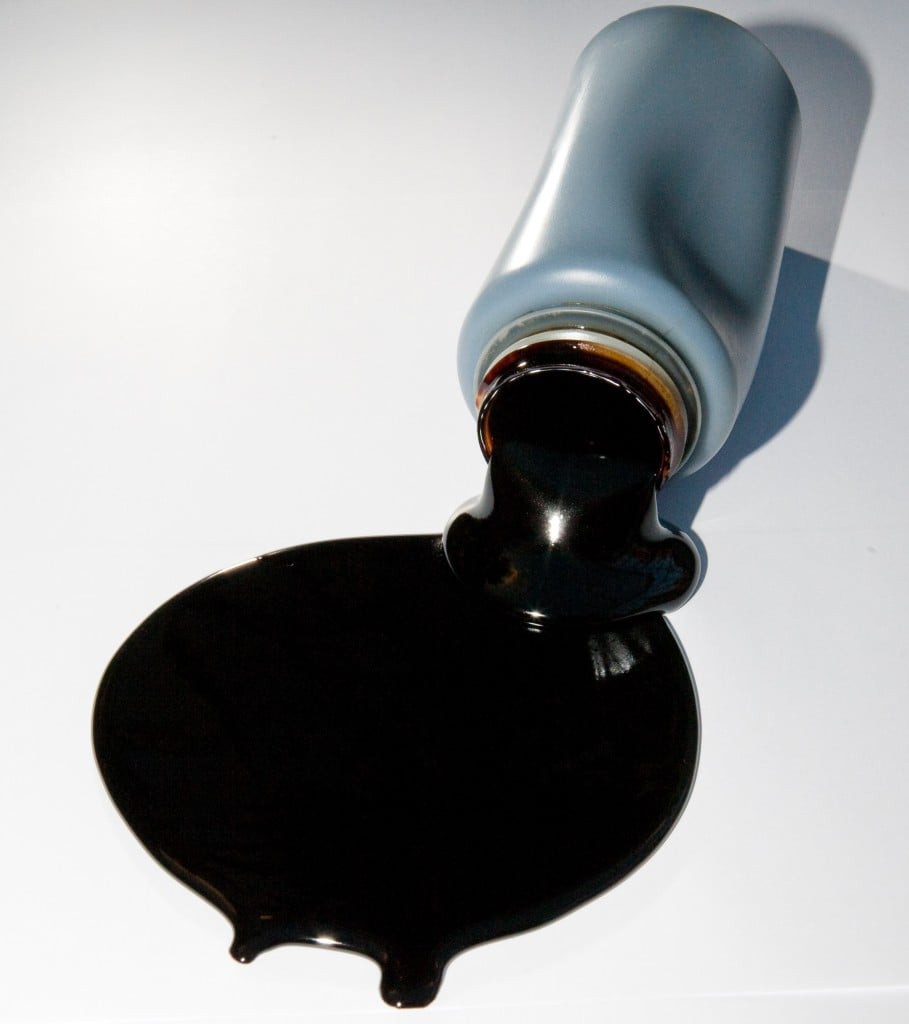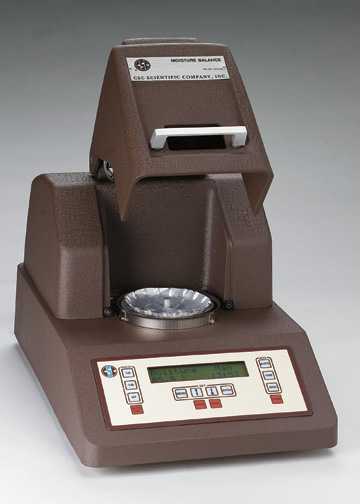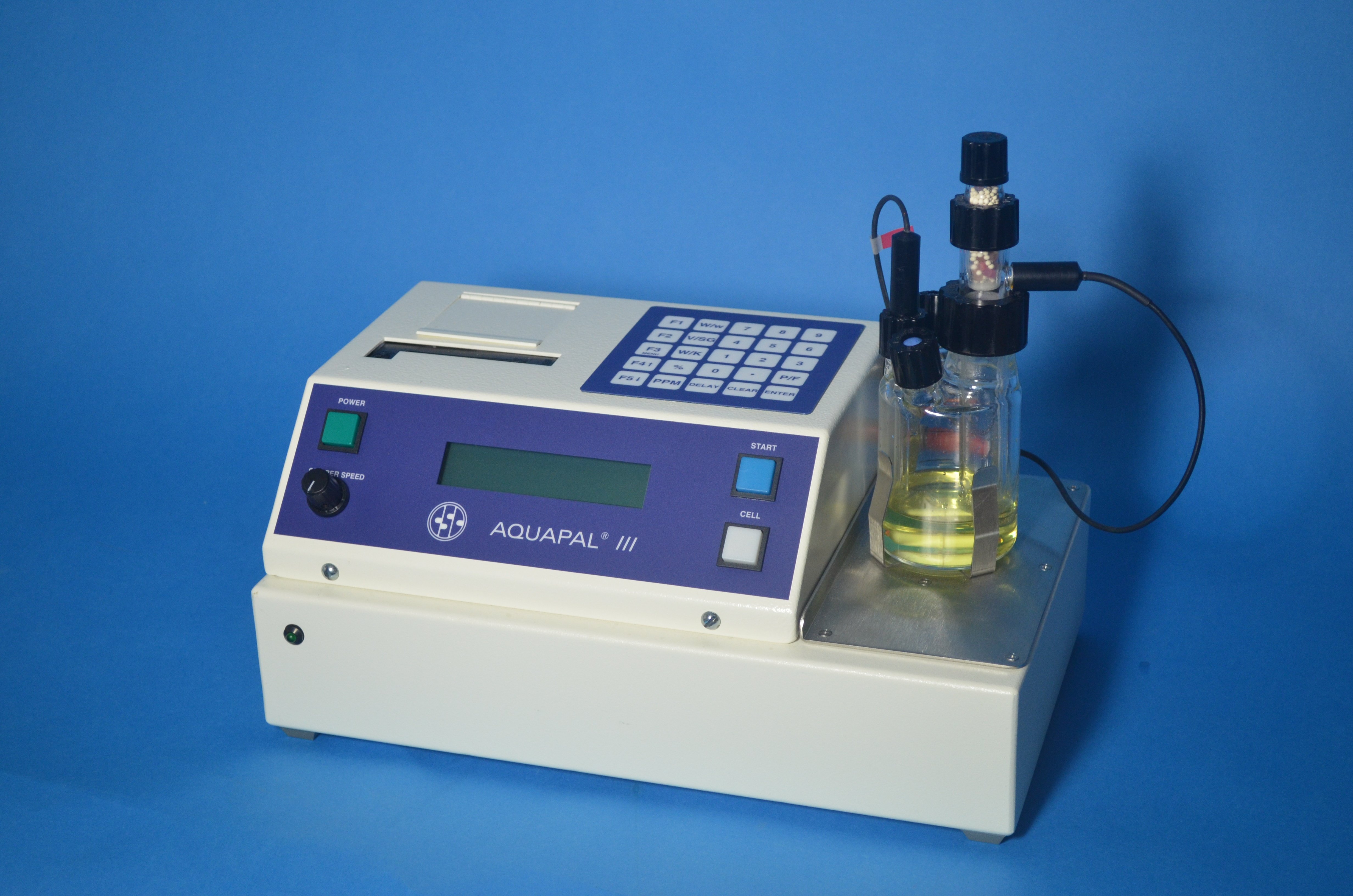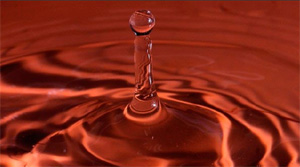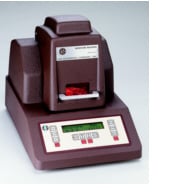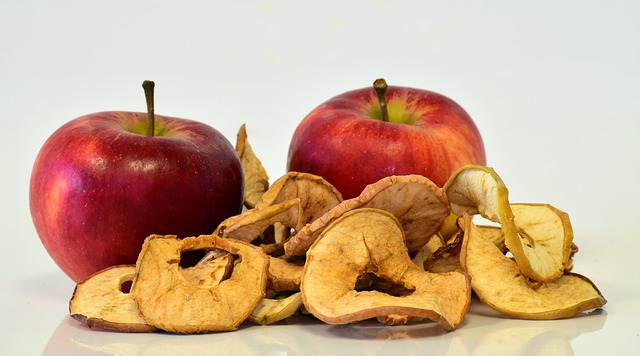
Regularly I’m asked the question; “How accurate is this moisture balance?”
The questioner asks for the answer in terms of percent (%) moisture. When I answer “it depends”, I always get the unspoken response, “Why did I ask this stupid idiot?”
Absolute Measurement
When inquiring about the precision of measurements such as weight or temperature, the responses are clear-cut and tied to the accuracy of the instruments. For instance, 25 grams or 50 degrees with a margin of plus or minus (+/-) 0.1 gram or 1/2 degree.
Percent is A Relative Measurement
When questioning the accuracy of your percentage reading, the answer can be quite complex. This complexity arises from the fact that percentage (%) is a relative measurement. Take, for example, the outcome of a Loss on Drying (LOD) moisture test, which is heavily influenced by the size of the sample used.
To better grasp this concept, consider how the result of an LOD moisture test is derived. It involves subtracting the weight of the sample at the end of the test from its initial weight, and then dividing this difference by the original weight of the sample. This calculation ultimately yields a % moisture reading.
Sample Size
The upcoming analysis will shed light on the impact of both sample size and instrument precision. We will delve into a sample containing 23.5% moisture, examined using an electronic LOD moisture balance with a sensitivity of 0.001 grams and a repeatability of +/- 0.005 grams.
Sample Analysis
Read More
Topics:
Moisture Analysis,
Moisture Testing,
CSC Digital Moisture Balance,
Loss-On-Drying,
Moisture,
moisture balance,
instrument accuracy
When our customers tell me about the different places where CENCO and CSC Digital Moisture balances are used it always interests me.
Read More
Topics:
Moisture Analysis,
Moisture Testing,
Loss-On-Drying,
Moisture,
moisture content,
water content measurement
Topics:
Coulometric Karl Fischer,
Moisture Analysis,
Moisture Testing,
Karl Fischer Oven,
Karl Fischer,
Karl Fischer Titration,
Loss-On-Drying,
Moisture,
interfacial tension,
moisture content,
moisture measurement
What seems like a million words ago, I began this journey explaining the simplest approach to measuring or determining moisture: Loss-on Drying. Little did I know how involved and esoteric it would become.
This voyage has taken me down mysterious paths through spooky theories, back to age-old chemistry concepts and into the vagaries of thermodynamics related to evaporation, vapor pressure, bound water and water activity. I have come full-circle; back to explaining Loss-on Drying -- a form of drying that I had assumed would be the simplest of all.
I thought the first four topics [evaporation, vapor pressure, bound moisture, water activity] were tough, complex, confounding and less-than-obvious. Drying -- defined as “the mass-transfer process of removing water (or other solute) by evaporation from a solid, semi solid or liquid” -- seemed easy.
As is often the case, reality makes “easy” a non-operative word. Such has turned out to be so with respect to the issue of drying.
Read More
Topics:
Free Moisture,
Moisture Sorption Isotherm,
Moisture Oven Test,
Moisture Analysis,
Moisture Testing,
Loss-On-Drying,
Moisture
In my previous missive about Loss-On drying, we discussed Vapor Pressure -- because logically it was next. As we continue to explore moisture, we learn how vital vapor pressure is when regarding the quirky issues of free and bound water.
Read More
Topics:
Evaporation,
Bound Moisture,
Free Moisture,
Moisture Analysis,
Moisture Testing,
Karl Fischer Titration,
Praxis Moisture Balance,
Loss-On-Drying,
Moisture,
karl fischer moisture,
water content measurement
One quiet night, I was musing over moisture analysis and how easy it is to do using loss-on drying. Little did I know what was in store.
Read More
Topics:
Evaporation,
Moisture Analysis,
Moisture Testing,
Loss-On-Drying,
Moisture,
moisture balance,
moisture content
Last week, as I was reflecting on a recent moisture content problem, I recalled our series “Loss-on Drying and Other Moisture Mysteries.” In that series I examined moisture chemistry in products. However, I did little to define moisture content.
Read More
Topics:
Bound Moisture,
Free Moisture,
Moisture Analysis,
Water Activity,
Moisture Testing,
Karl Fischer,
Karl Fischer Titration,
Moisture
“How Many Ways are there to Measure Moisture?”
That is a recurrent question in early discussions about moisture measurement problems. Is frequently asked in connection with specific products and applications. This is a basic primer on the main techniques.
Most Used Methods to Measure Moisture Content
There are four core methods. They include the use of heat, chemicals, electrical properties and electrro magnetic phenomena.
Read More
Topics:
Moisture

Regularly I’m asked the question; “How accurate is this moisture balance?”
The questioner asks for the answer in terms of percent (%) moisture. When I answer “it depends”, I always get the unspoken response, “Why did I ask this stupid idiot?”
Absolute Measurement
When you ask about the accuracy of something like weight or temperature the answers are straight forward and relate to the instruments' precision. For example 25 grams or 50 degrees plus or minus (+/-) 0.1 gram or 1/2 degree.
Percent is Relative
When you ask the question of how accurate is my percentage reading, the answer becomes complicated. It’s complicated because percentage (%) is a relative term. For example, the answer for the result of a Loss on Drying (LOD) moisture test, is based on the size of the sample you use.
Using the example of a LOD moisture test we can understand the concept. The result of this type of test is calculated by subtracting the weight of the sample at the end of the test from the weight of the sample at the beginning of the test. This difference is divided by the initial weight of the sample. This procedure produces a % moisture result.
Sample Size
In the following analysis, the implication s of sample size and instrument precision will be illustrated. This will be based on a sample that has 23.5% moisture and an electronic LOD moisture balance that has a sensitivity of 0.001 grams and repeatability of ± .005 grams.
Sample Analysis
Read More
Topics:
Moisture Analysis,
Moisture Testing,
CSC Digital Moisture Balance,
Loss-On-Drying,
Moisture,
moisture balance,
instrument accuracy
Moisture content is a critical factor to consider in the food industry. The amount of water in a product affects the product’s texture, shelf life, ease of processing, and cost to produce. Snack foods, baked goods, pet food, and dried goods are just a few examples of products that are vulnerable to moisture content issues like these. In many cases, an easy loss-on drying (LOD) test will allow you to monitor the moisture content of these products. (See the 3 Easy Steps to Run a LOD Test here.)
Simple moisture analysis can be all it takes to improve the quality of your product. Let’s take a closer look at how moisture content affects each of these four product and production aspects.
Read More
Topics:
Moisture Oven Test,
Moisture Analysis,
Moisture Testing,
CSC Digital Moisture Balance,
Loss-On-Drying,
Moisture,
fast moisture test,
moisture balance,
moisture content,
moisture measurement


